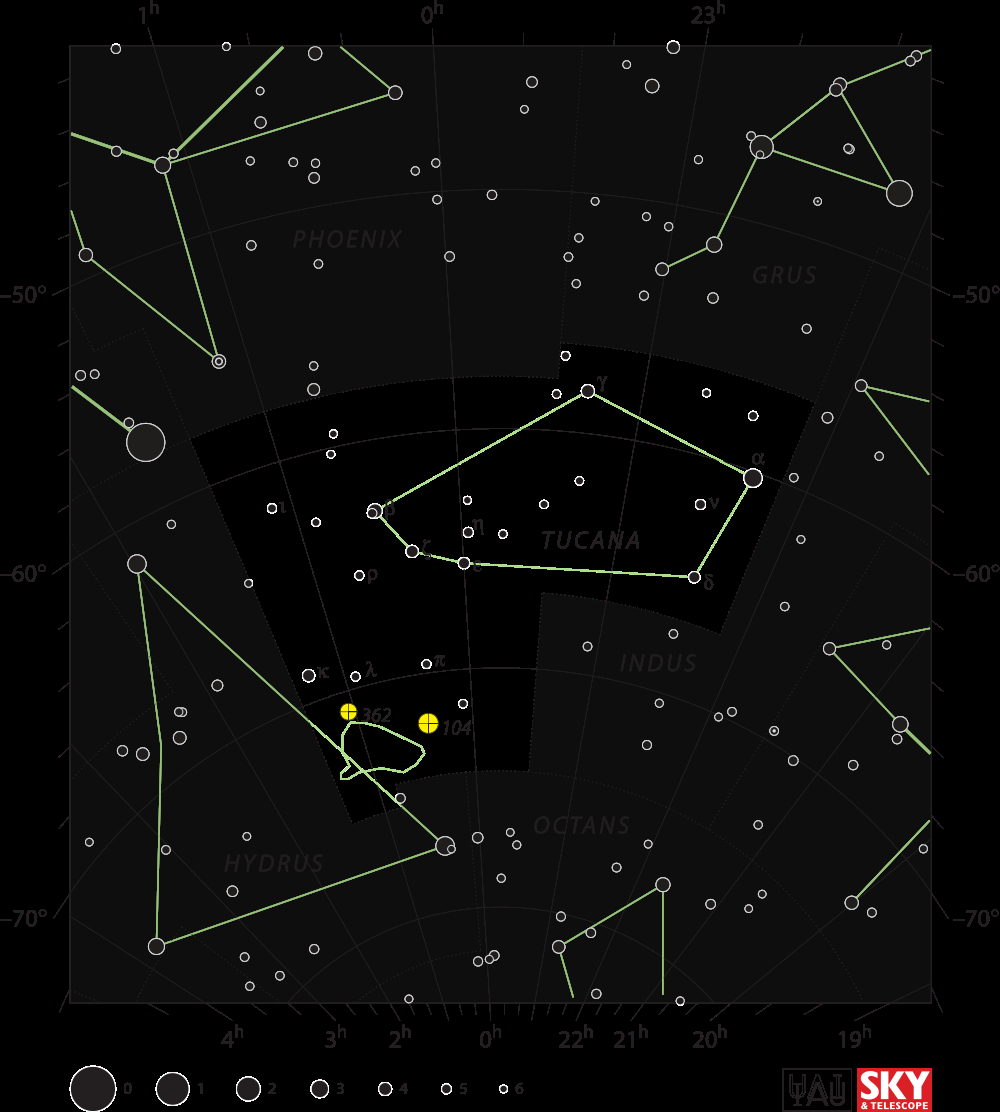
By IAU and Sky & Telescope magazine (Roger Sinnott & Rick Fienberg) [CC-BY-3.0], via Wikimedia Commons
"The Toucan"

By IAU and Sky & Telescope magazine (Roger Sinnott & Rick Fienberg) [CC-BY-3.0], via Wikimedia Commons
Abbreviation: Tuc
Genitive: Tucanae
Constellation family: Bayer Group
Nearest constellations: Eridanus, Grus, Hydrus,
Indus, Octans, and Phoenix
Right ascension: 0.13h
Declination: -64.96°
Visible between latitudes: +15° and -90°
Square degrees: 295
Luminary: Alpha Tucanae
Notable deep sky objects: NGC 104, Small Magellanic Cloud, NGC 346, Tucana Dwarf Galaxy
Tucana is a small constellation in the Southern Hemisphere that is best viewed in November. It was first introduced in 1603 when Johann Bayer published his star atlas Uranometria.
There is no mythology associated with this constellation.
Small Magellanic Cloud (dwarf irregular galaxy):
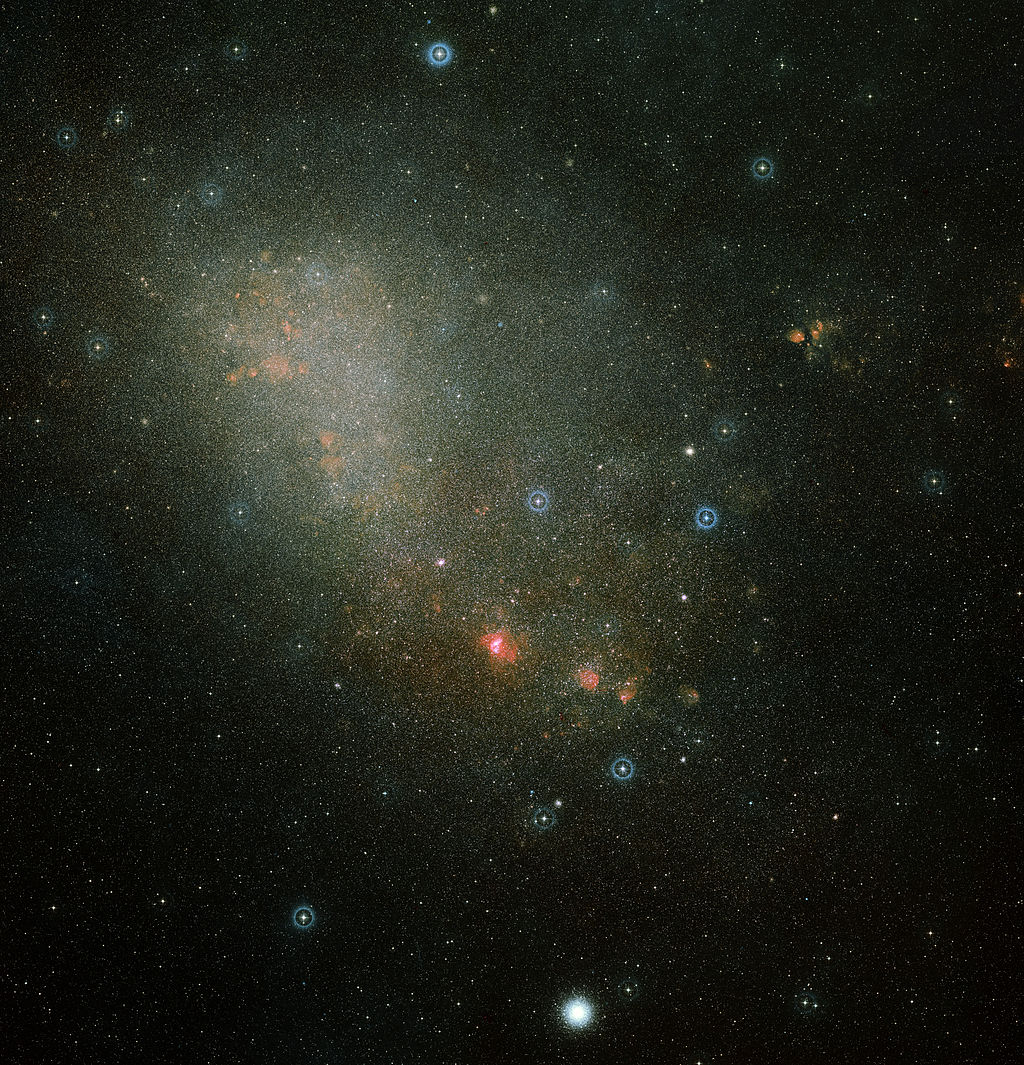
By ESA/Hubble and Digitized Sky Survey 2 [CC-BY-3.0], via Wikimedia Commons
NGC 346 (star cluster within the Small Magellanic Cloud):
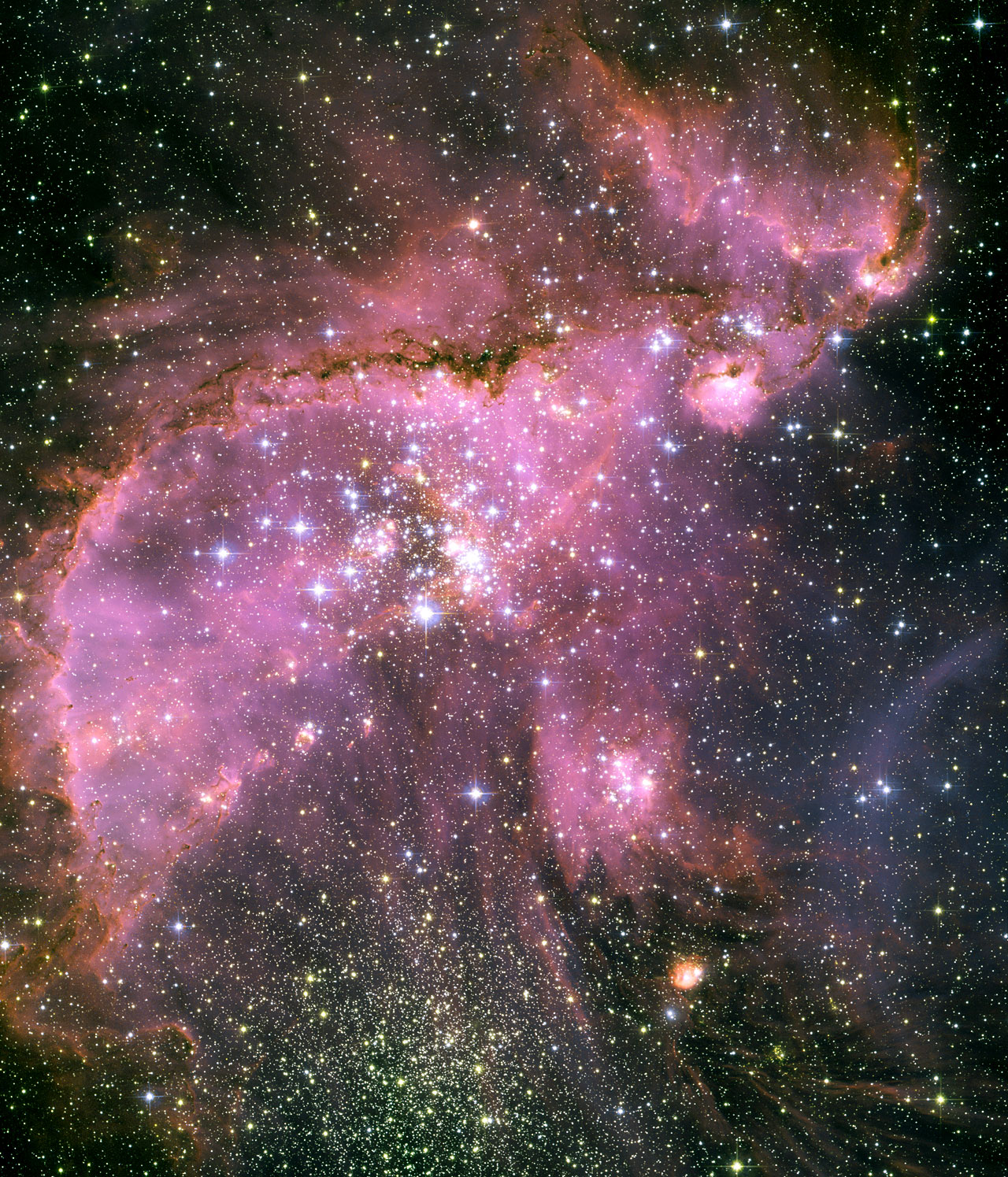
By NASA, ESA and A. Nota (ESA/STScI, STScI/AURA) [CC-BY-3.0], via ESA/Hubble
NGC 602 (another star cluster in the Small Magellanic Cloud):
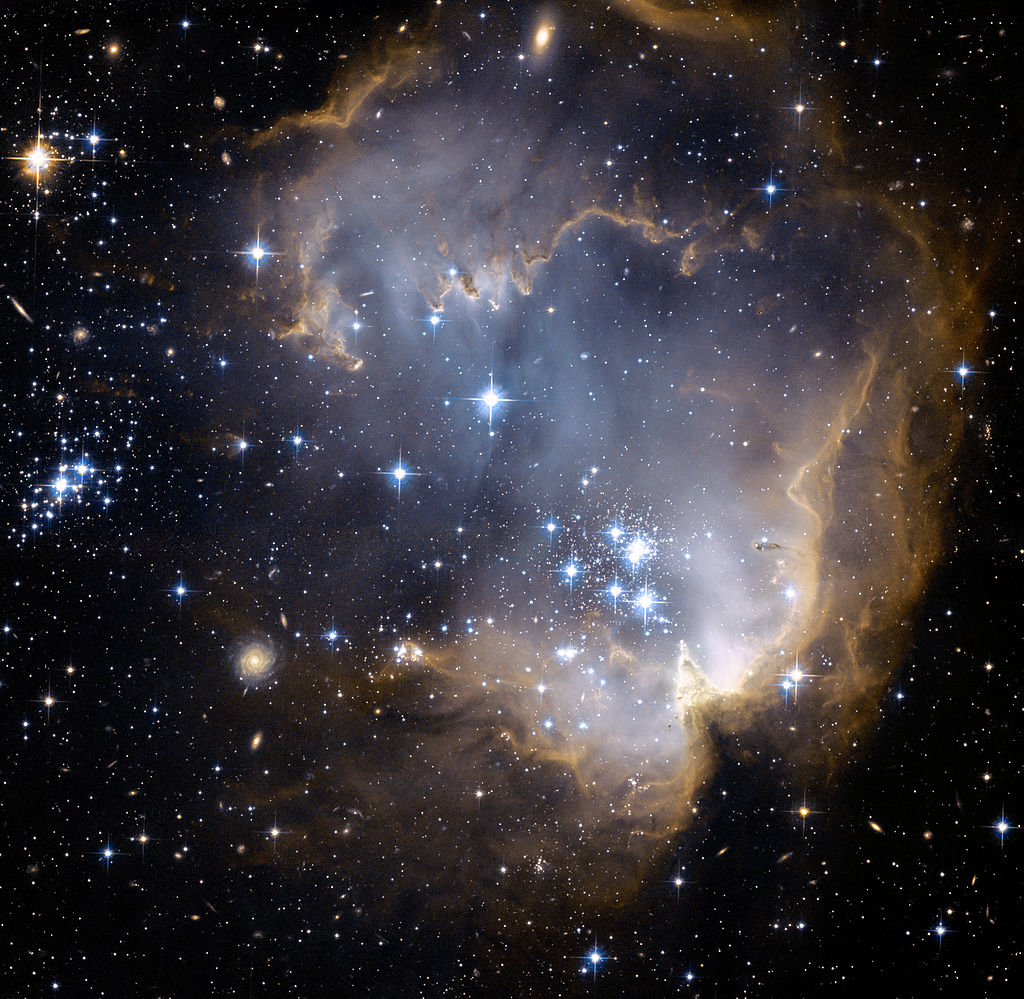
By NASA, ESA, and the Hubble Heritage Team (STScI/AURA)-ESA/Hubble Collaboration [Public domain], via Wikimedia Commons
NGC 104 (globular cluster 47 Tucanae):
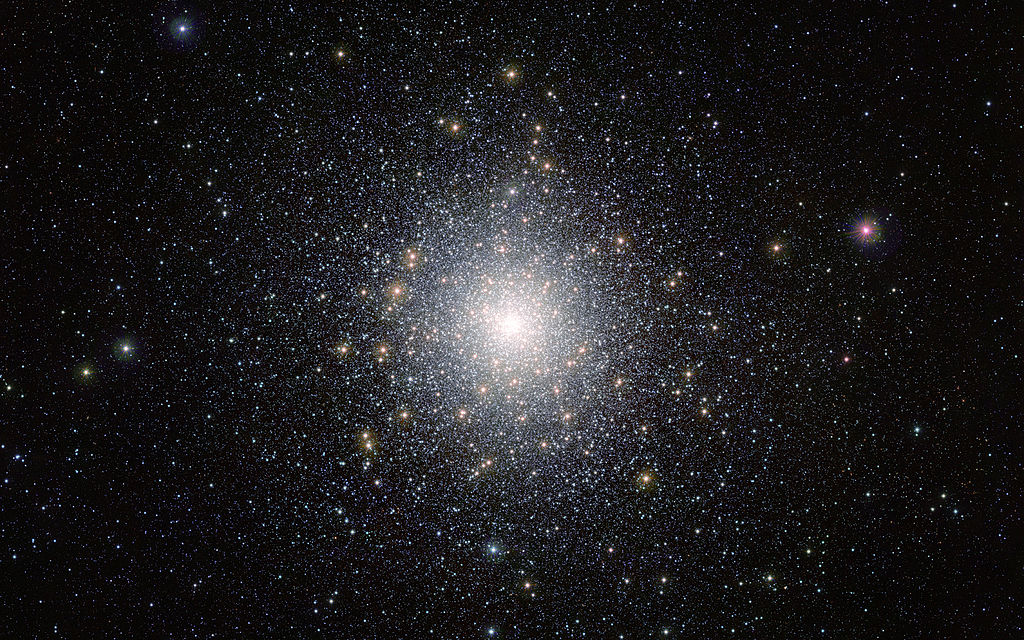
By ESO/M.-R. Cioni/VISTA Magellanic Cloud survey [CC-BY-4.0], via Wikimedia Commons
NGC 265 (star cluster):
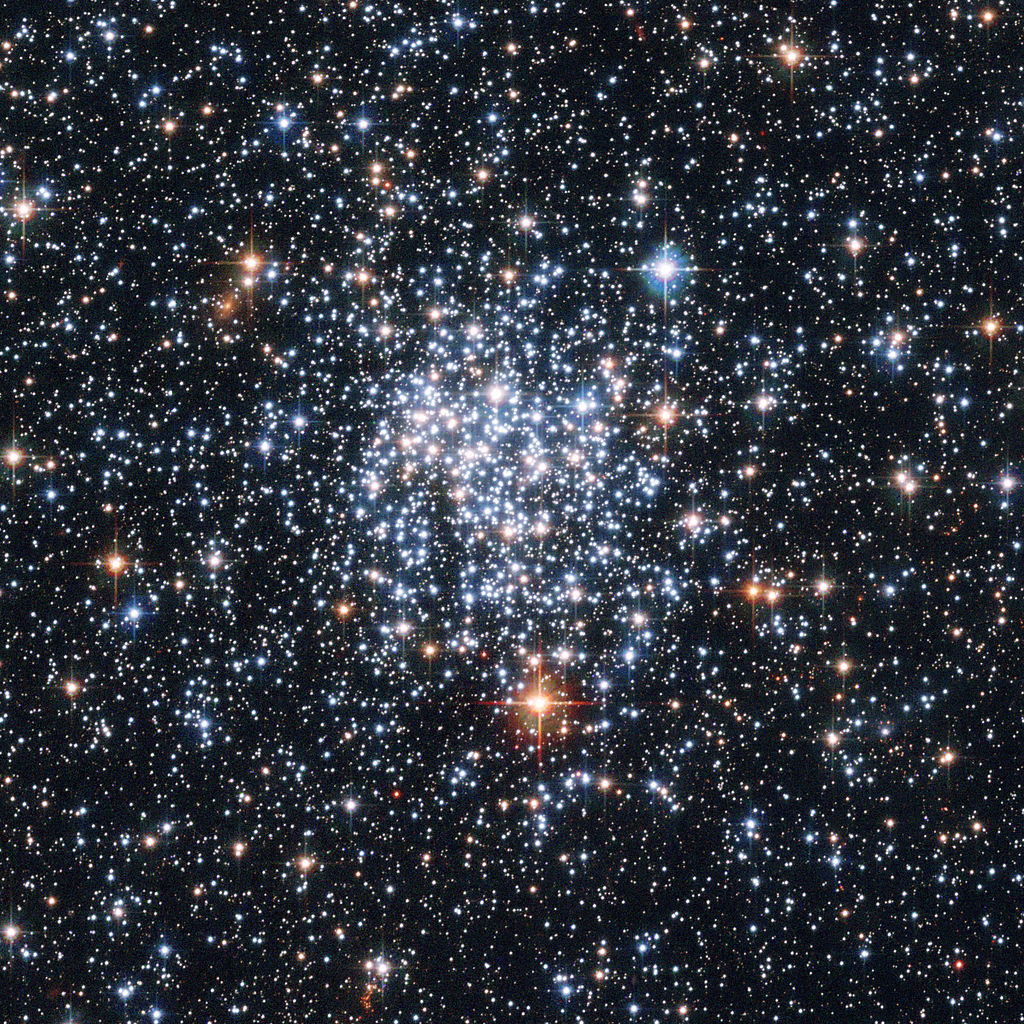
By ESA & NASA, acknowledgements: Davide De Martin (ESA/Hubble) and Edward W. Olszewski (University of Arizona, USA) [CC-BY-3.0], via ESA/Hubble